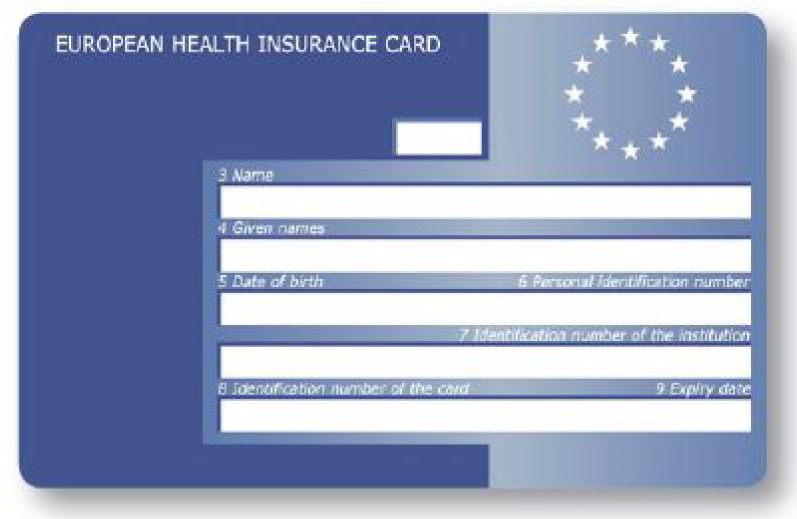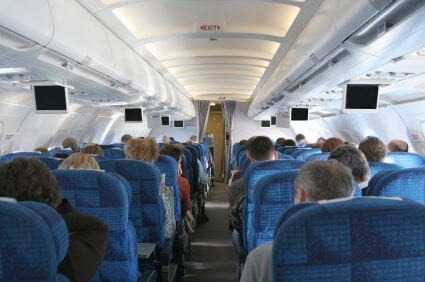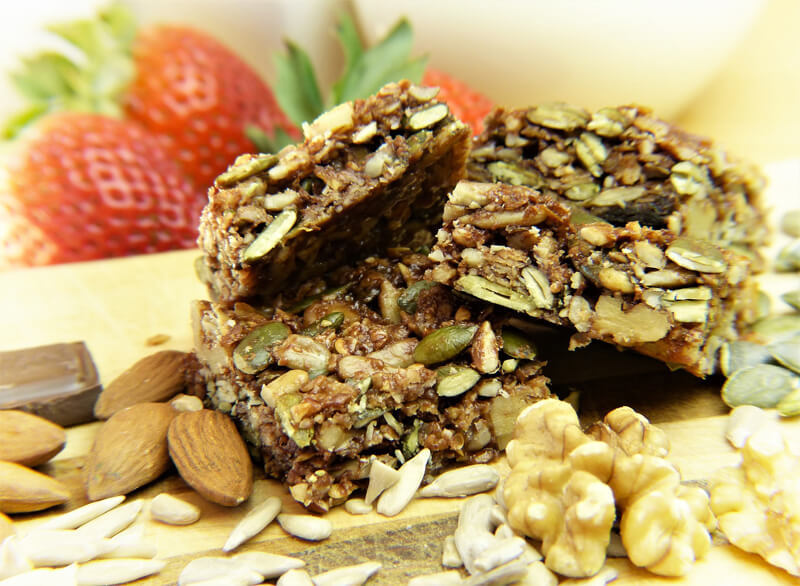For trouble free holidays it is essential that diabetics plan well ahead. The following tips maybe useful.
Travel insurance is vital. A European Health Insurance card (EHIC) is free and useful to access healthcare in a European Union member country. www.ehic.org.uk or 0845 605 0707 or form E111 from a Post Office.
 EHIC doesn’t cover all emergencies so do buy extra insurance. Make sure you inform the company that you are diabetic and list all medication that you are taking. Failure to disclose everything risks invalidating your insurance.
EHIC doesn’t cover all emergencies so do buy extra insurance. Make sure you inform the company that you are diabetic and list all medication that you are taking. Failure to disclose everything risks invalidating your insurance.
Do you need any vaccinations? Check with your GP or practice nurse.
Being a type 2 diabetic myself I always carry an up to date copy of my prescription. The easiest way is to get your local pharmacy to sign and date the right hand side of your prescription which lists all your medication. If you inject insulin do take a letter from your GP- easier to explain why you are taking needles, syringes and insulin on holiday.
Always take at least twice as much medication as you would normally need. Split the medicines between travel companions. Always carry everything in your hand luggage. No need to worry about lost luggage and tablets when you do this.
Do not store insulin in checked luggage. It is likely to be damaged if stored in the hold. Freezing renders insulin inactive. I have been recommending FRIO bags for many years. No refrigeration or ice packs are required. Simply activate by soaking in water. These bags will keep insulin cool during travel and at the resort. Discard all insulin exposed to heat -over 30C/86F. www.friouk.com or 01437 741700.
Cabin pressure has a marked effect on the effectiveness of insulin pumps – too much or too little insulin maybe given. Altitude can also affect glucose readings on board- beware false readings! Ideally contact your airline a few weeks before travel and let them know you are using an insulin pump.
 Avoid putting these through body scanners and x- ray machines. Metal detectors are ok though. If in doubt check with the pump’s manufacturer. Latest info suggests and recommends that during take-off the machine is uncoupled. Any air bubbles should be removed before reconnection when the plane has reached cruising height. Before landing disconnect again and prime with a couple of units of insulin after landing before reconnecting permanently. On a winter skiing holiday remember too that the pump may again be subjected to altitude.
Avoid putting these through body scanners and x- ray machines. Metal detectors are ok though. If in doubt check with the pump’s manufacturer. Latest info suggests and recommends that during take-off the machine is uncoupled. Any air bubbles should be removed before reconnection when the plane has reached cruising height. Before landing disconnect again and prime with a couple of units of insulin after landing before reconnecting permanently. On a winter skiing holiday remember too that the pump may again be subjected to altitude.
Insulin as absorbed more slowly in cold weather. As the body warms it is absorbed more quickly increasing the risk of a hypo. Fred a silver-haired silver traveller and customer of mine suggests applying a cold compress to the injection site to reduce the chance of experiencing a hypo if too much insulin has accidentally been injected. Extra blood glucose monitoring is essential especially in warm weather as lots of sunbathing can increase blood glucose levels too.
On short flights diabetic cover should not need to be altered. Long haul however is different and crossing time zones adds to the confusion. Travelling West extends the length of day so extra insulin may be needed. Do speak to your diabetic care nursing team to discuss your insulin travel needs.
 And finally. Wear comfortable clothes whilst travelling. Relax, don’t get too uptight – this can affect blood glucose levels. As can excitement. Stay well hydrated and avoid alcohol and caffeine on the plane. Alcohol does affect diabetic control so again do check with your diabetic team. In case of delays do take extra snacks on board – cereal bars and biscuits are ideal. Dextrose/glucose tablets and other hypo treatments should always be close by too.
And finally. Wear comfortable clothes whilst travelling. Relax, don’t get too uptight – this can affect blood glucose levels. As can excitement. Stay well hydrated and avoid alcohol and caffeine on the plane. Alcohol does affect diabetic control so again do check with your diabetic team. In case of delays do take extra snacks on board – cereal bars and biscuits are ideal. Dextrose/glucose tablets and other hypo treatments should always be close by too.
This article is based on my experiences and knowledge gained over 40 years working in pharmacy and snippets taken from an excellent holiday tips leaflet produced by InDependent Diabetes Trust (01604 622837). They have a superb range of informative leaflets.
Diabetic care is highly individual. Always consult your diabetic care team and discuss with them any issues raised in this article.
See also
- Beauty on the holiday menu
- A Homegrown Medicine Patch
- Medicines on the Holiday Menu – Part 1 as featured in the New York Times
- Medicines on the Holiday Menu – Part 2











